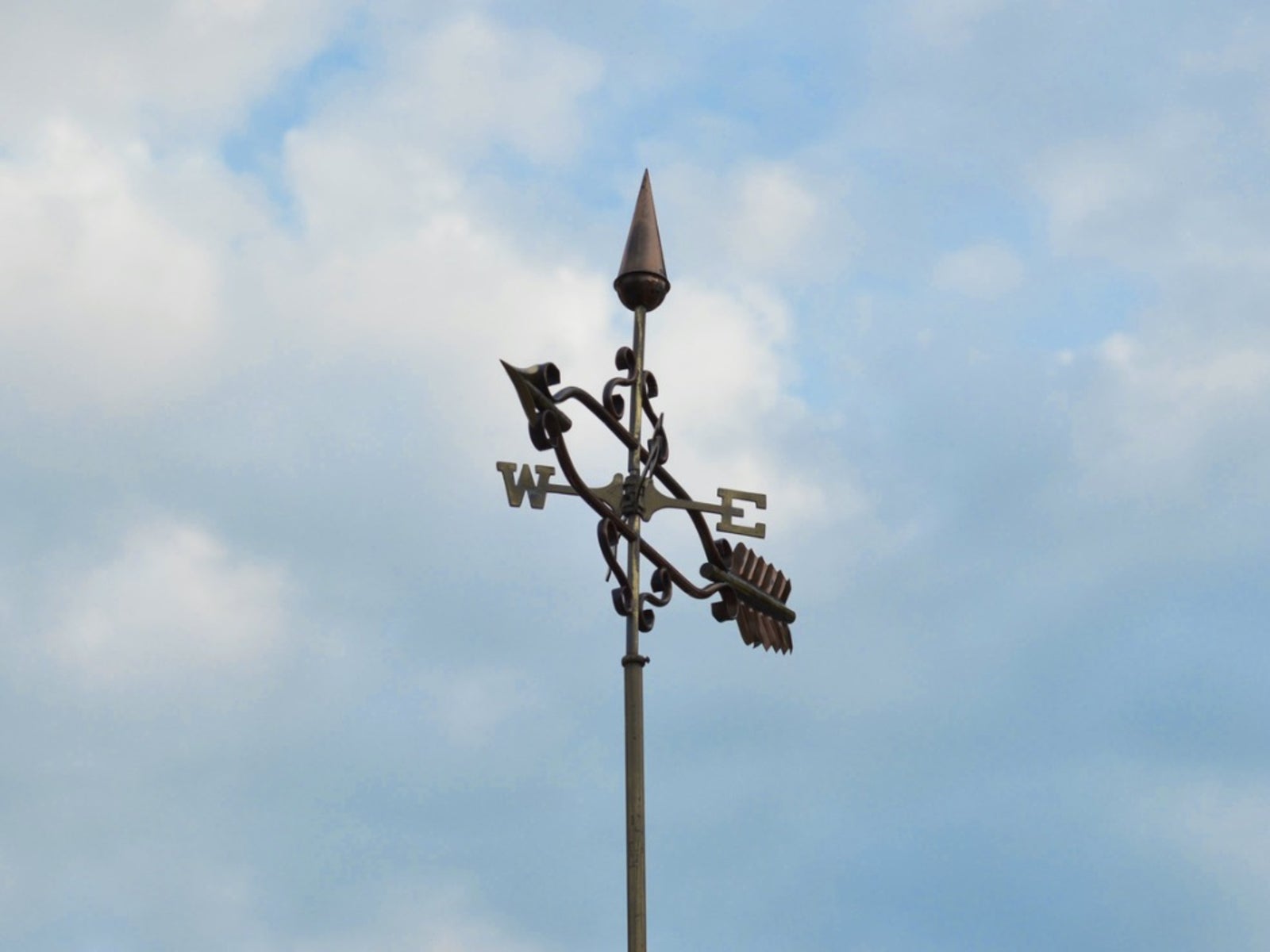What Are Facing Walls And Windows?


The avid gardener knows that the direction of the sun and its orientation are important considerations when placing a plant. The situation must mimic the necessary conditions for the best performance from the plant. Facing walls and windows are also important considerations when planting. What are facing walls and windows? Keep reading to learn more.
What are Facing Walls and Windows?
The direction the wall faces the sun can either increase or decrease the amount of sunlight a plant gets, as well as determine the amount of shelter the plant receives. Facing walls can also help or hinder where rainfall is concerned. If you stood still and watched your shadow as the sun moved, you would have some idea of how to use facing walls and windows. For instance, if you have an aucuba or camellia, which prefer low light areas, you would choose to plant them in a northern facing bed. This will shelter them from sun and wind, but it does tend to protect from rain too, which means a dry bed. It is important to know about facing windows and walls, so you can use their properties to aid your gardening.
Facing Wall Information
Facing walls have as many directions as the poles. The north, south, east, and west directions of windows and walls allow certain amounts of light, wind, and rain to plants.
- Northern walls are sheltered from everything.
- Southern walls are often thought of as the perfect growing direction, but for some plants that can be too hot.
- Eastern facing walls and windows are sunny in the morning but dark and cool in the afternoon.
- For warm walls sheltered from wind with good exposure to rain, choose a western wall or window.
How to Use Facing Walls and Windows
It's likely that you are stuck with the walls you have and the direction in which they face. It is a good idea to make this work for you and your garden. Identify the location and the soil condition and then choose plants that will thrive in these areas. Southern walls are good for blooming plants and heat seekers like abutilon. Northern areas can host lonicera, ferns, and other shade lovers. Jasmine, Choisya, and hydrangea are perfect for eastern areas, and camellias like western areas. If you are determined to grow a shade loving plant in an area of predominant sun, you can alter the exposure. The use of trellises, awnings, shades, shutters, and other structures can minimize the light the area receives. One thing about facing windows is the ease with which you can reduce their light. It's a bit more difficult to increase light on northern windows and walls, but you can catch heat with dark paint or brighten an area with light or white colors. Shady windows will brighten up if you trim any low hanging branches or plants that block the entry of precious light. The approach you take should consider what the area looks like at different times of year. It wouldn't help to put up a permanent shade structure when in a month's time the sun would have swung around anyway and made the area dim. Arm yourself with facing wall information to help you become a better gardener so your plants will thrive and amaze your friends and family.
Gardening tips, videos, info and more delivered right to your inbox!
Sign up for the Gardening Know How newsletter today and receive a free copy of our e-book "How to Grow Delicious Tomatoes".

Bonnie Grant is a professional landscaper with a Certification in Urban Gardening. She has been gardening and writing for 15 years. A former professional chef, she has a passion for edible landscaping.